A biography book can be a great way to learn more about a personal hero, or a public figure. But writing a biography book can be a daunting task. Here are a few tips to help you get started:
1. …


A biography book can be a great way to learn more about a personal hero, or a public figure. But writing a biography book can be a daunting task. Here are a few tips to help you get started:
1. …

When concluding a biography, it is important to provide a sense of closure for the reader. This may involve summarizing the individual’s life, highlighting key accomplishments, or providing a personal reflection on the person. It is also important to thank …
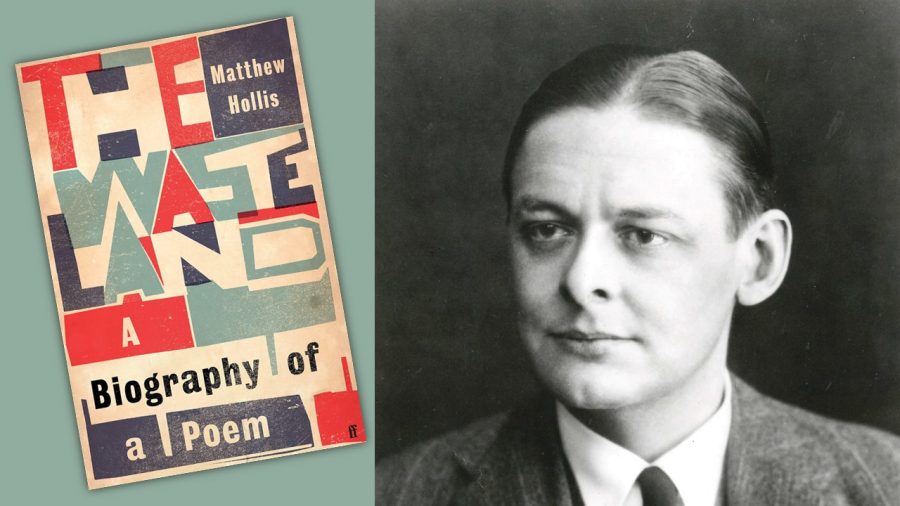
How to cite a biography is a question that often arises for those writing papers. There are a few different ways to go about doing this, and the method you use will depend on what style guide you are using.…
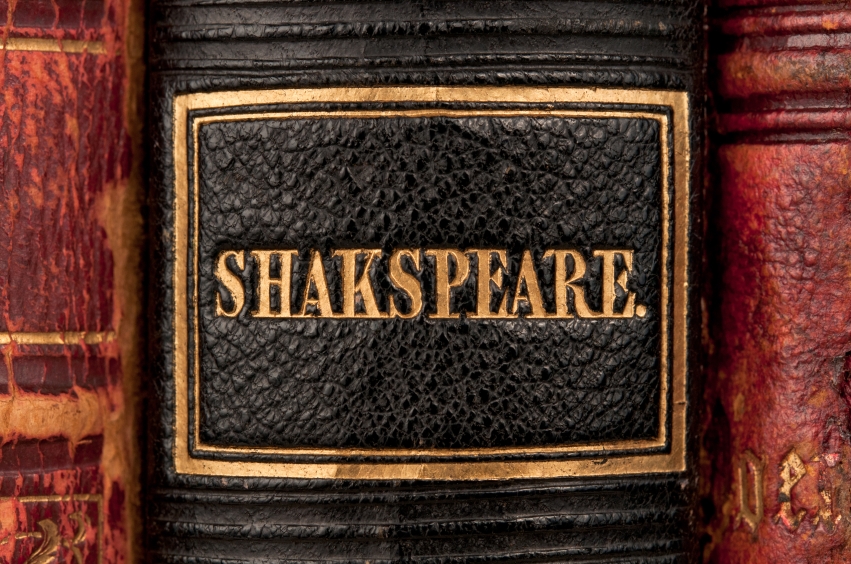
Autobiography is a story that is written by the person who lived it. It is their own personal recollection of their life. A biography, on the other hand, is a story about somebody else’s life. It is written by someone …
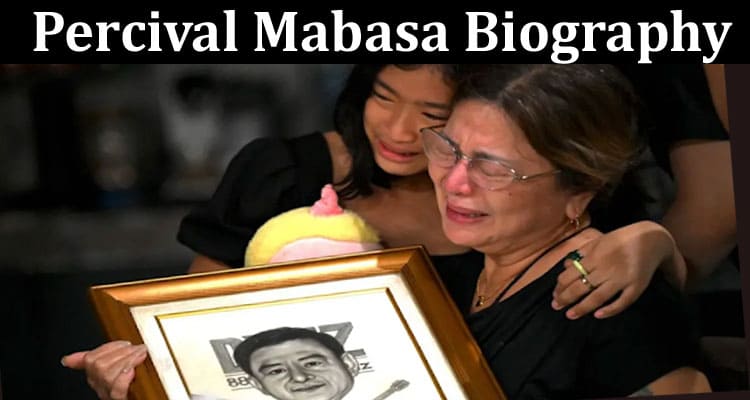
Both memoirs and biographies are nonfiction narratives, but there are key differences between the two. A biography is a factual account of a person’s life, while a memoir is a recollection of personal experiences. Memoirs are often seen as more …
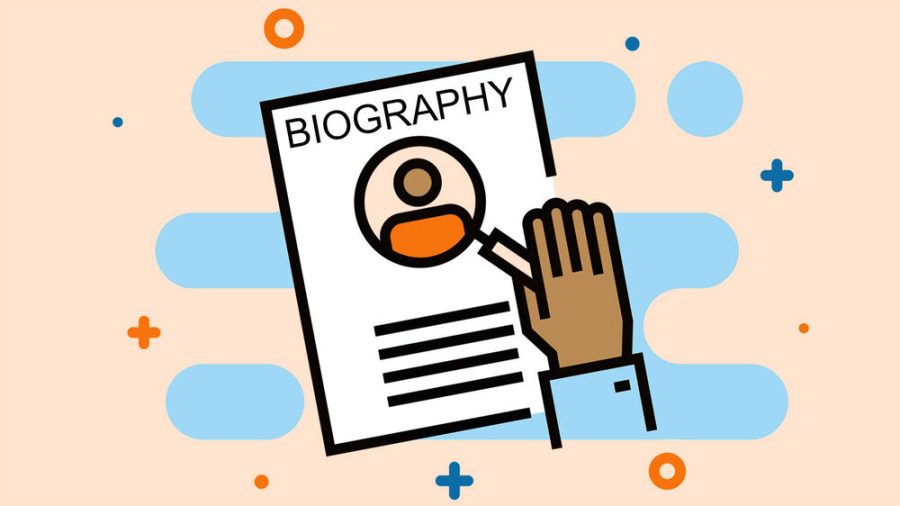
An author’s purpose in writing a biography may be to inform, entertain, or educate the reader. The author may also have a personal connection to the person they are writing about. Biographies can be historical or contemporary, and may focus …
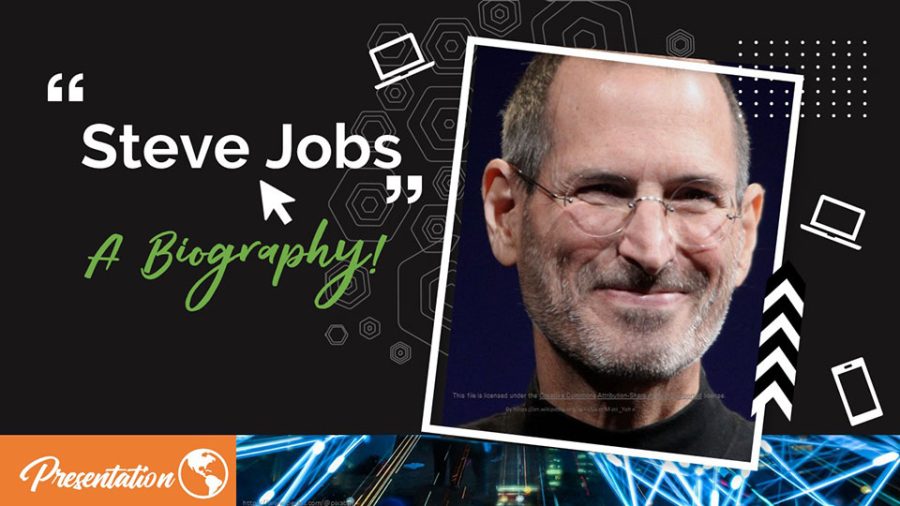
A firsthand biography is a biography that is based on the personal experiences of the person who is being written about. This type of biography is often considered to be the most accurate, since it is based on first-hand accounts …
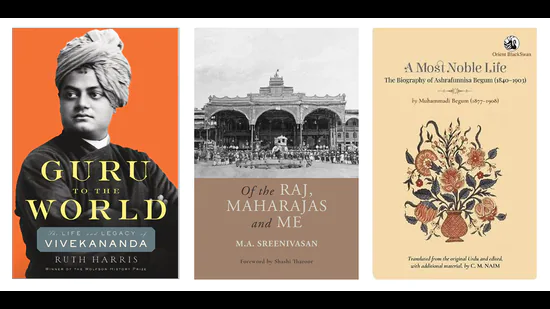
A theatre biography is a written account of the life and work of a theatre artist or company. It can be a great starting point for researching a particular theatre artist or company, or for learning more about the history …

An artist biography is a short, concise summary of an artist’s life and work. It is a vital tool for promoting an artist and their art, and can be used for marketing, publicity, and online bios. An artist biography should …
Powered by WordPress & Theme by Anders Nor